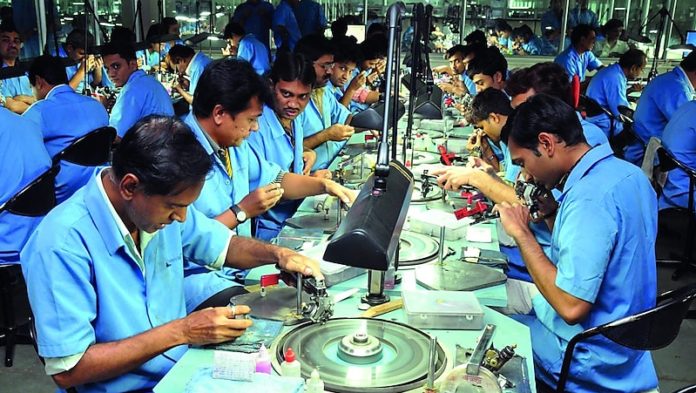
THE outlook is mixed on whether the diamond sector will recover from this year’s trading difficulties in 2020 with some commentators believing rough diamond price cuts have been insufficient to stimulate demand especially as lender’s are still wary of the sector.
“Bankers have blacklisted the jewellers industry,” Shantibhai Patel, president of the Indian Bullion and Jewellers Association in Gujarat, the country’s diamond-cutting centre, told the Financial Times. Confidence in the sector has been damaged ever since celebrity jeweller Nirav Modi fled India in 2018 accused of having defrauded a state bank of $2bn.
A lack of credit to the midstream of the diamond sector – cutters and polishers – has seen appetite for new rough diamond purchases from the likes of De Beers decline. The Anglo American subsidiary is due for its worst sales in four years, the newspaper said. The mid-stream is focusing on running down inventories instead, despite De Beers having dropped rough diamond prices 5% recently, its largest discount in years.
“It’s not enough to recapitalise the industry,” Martin Rapaport, founder of the world’s largest diamond trading platform told the Financial Times. “They need to drop prices as much as 50% to return liquidity to the market. It’s too little too late.”
However, retail demand for diamond jewellery, especially in the US, has been robust whilst French luxury group LVMH’s $16.6bn acquisition of Tiffany last week was seen by analysts as a vote of confidence in long-term consumer demand for diamond jewellery.
There’s also the view that supply is drying up. Rio Tinto is gradually bringing the curtain down on its Argyle mine and new mining developments are thin on the ground. “Fundamentally diamonds are getting rarer,” said Lucara CEO, Eira Thomas, in an interview with Miningmx in November.
Colin Shah, MD of manufacturer Kama Schachter, said cutters and polishers were adjusting to the tougher norms in place after the Modi scandal, which could get liquidity flowing again. “There’s much more [scrutiny] than there used to be,” he told the Financial Times, referring to banks’ lending practices.
“Inventories have come down, everyone has made their business models leaner . . . I think the second half of 2020 will be better.”










